13 Proven Ways To Get Rid Of Blackheads And Prevention Tips
Let your pores breathe freely by following these easy and practical remedies.

Image: Shutterstock
Blackheads are a type of acne that forms due to clogged pores on your skin

(1). They typically appear on the nose and can be tough to remove. Don’t worry. We will help you with ways to get rid of blackheads on the nose. They are also known as open comedones and form when the clogged pores push to the skin’s surface and come in contact with the air. The contact with the air turns the plugs black and hence, the name blackheads.
In this article, we look at the causes of blackheads and the treatment options available for getting rid of blackheads. Scroll down to read more.
In This Article
What Causes Blackheads On The Nose?
Some factors that are responsible for the formation of blackheads include:
- Excessive production of oil by the sebaceous glandsi Oil-secreting glands found almost all over the skin that secrete sebum and keep your skin from drying out. (2).
- A build-up of acne-causing bacteria on your skin (2).
- Accumulation of dead skin cells, which leads to the blockage of hair follicles (2).
- Hormonal changes during menstruation or while you are on birth control pills, which leads to increased oil production in your body.
- Medications like corticosteroidsi Also referred to as steroids, anti-inflammatory drugs that can help lessen swelling, itching, and redness. and androgensi A class of drugs used to alleviate the signs of low testosterone levels in adult males and to help some individuals start puberty. (2).
A study conducted on 44,689 participants from 27 countries found that 43.35% of them had at least one dermatological condition in the last year, out of which 12% had acne. It was further reported that the overall prevalence of acne was 5.4%, which was reported as one of the most common skin conditions in people over 18 years.
 Trivia
TriviaExcessive sun exposure also leads to blackheads. They are known as solar comedones and appear near the hairline and eyes of older adults.
Steering clear of blackheads is difficult. But you can control and reverse these effects with the help of some simple DIY home remedies, preventive tips and tricks, and dermatological treatments, all of which can easily align with your daily skincare routine.
Key Takeaways
- Use alpha and beta hydroxy acids to clean your pores and keep blackheads at bay.
- Try using retinol; it helps clear the skin and reduces buildup in pores.
- Apply a clay mask, once or twice a week, to remove excess oil from your skin.
- Always apply oil-free products to your face so that it does not clog your pores.
- Self-extraction is not recommended as it can further aggravate blackheads and cause inflammation.
How To Get Rid Of Blackheads On Nose
1. Exfoliate Twice A Week
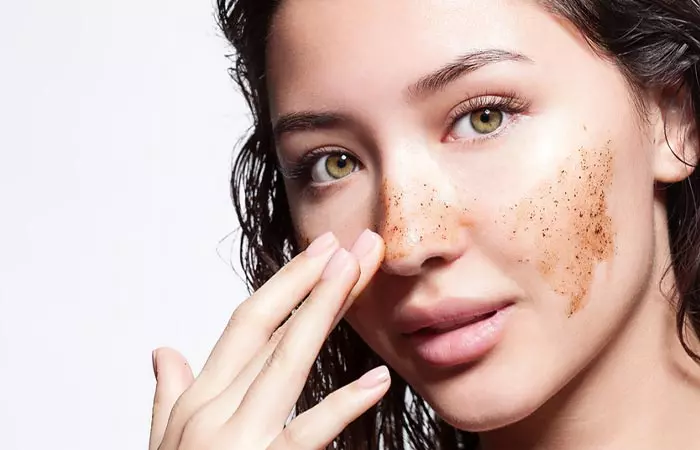
Although exfoliation may be harsh for your skin, it can help with the removal of blackheads on the nose. Use gentle chemical exfoliants that contain alpha and beta hydroxy acids (AHAs and BHAs).
These acids are commonly used to eliminate blackheads as they help remove dead skin cells from the pores (3). Alpha and beta hydroxy acids like salicylic acid, glycolic acid, and lactic acid are commonly used in the treatment of acne (4), (5), (6). These acids remove a layer of your skin, which may make your skin prone to UV damage. Always apply an oil-free sunscreen when you are going outside after exfoliating with these acids. This can help to prevent blackheads on cheeks as well.
Learn how to use a glycolic acid peel to remove blackheads below.
You Will Need
- At-home glycolic acid peeling solution
What You Have To Do
- Clean your face with a mild cleanser and let it dry a little.
- Apply the glycolic acid solution to your face.
- Spread it evenly, avoiding the areas around your eyes.
- Start with the forehead and work your way down to the cheeks and chin.
- Leave it on for 5-8 minutes or as instructed by the manufacturer.
- Wipe your skin with cool water.
- Pat your skin dry with a soft towel
- Follow it with a moisturizer.
How Often You Should Do This
Use it once a week.
Note: If you are using an at-home glycolic acid peel, it may come with an additional prepping serum. These at-home kits are much milder compared to the professional peels done at the dermatologist’s clinic. Always check with your dermatologist before using a peel. You can also use a glycolic acid serum to remove blackheads.
Exfoliate with these acids twice a week if you have normal to dry skin and thrice a week if you have oily skin. Make sure to moisturize after every exfoliating session. Remember that these acids cannot be used in equal quantities for all skin types. Hence, consult a dermatologist before starting this treatment.
2. Use Blackhead Removal Strips
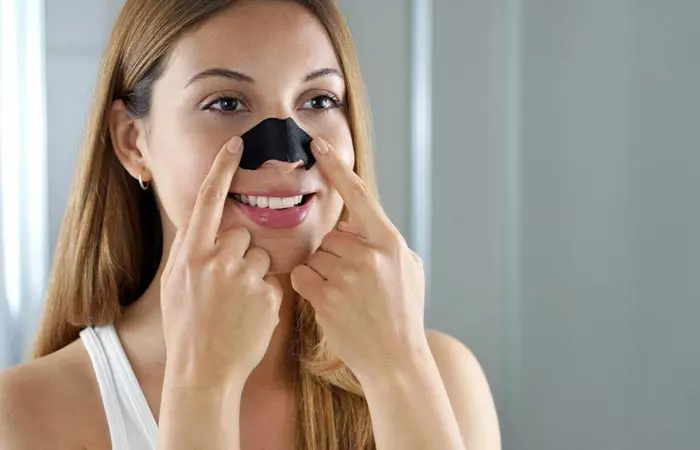
Pore strips are very effective for removing blackheads. The debris and dirt in the clogged pores stick to the strips, which makes it easier to pull them out (7). For best results, steam your face beforehandto open the pores. These DIY pore strips cando the job effectively.
You Will Need
Blackhead removal strips
What You Have To Do
- Take a blackhead removal strip and stick it on a slightly wet nose.
- Make sure that it covers most of the blackheads.
- Allow it to dry for 10 to 15 minutes.
- Pull the strip off gently, starting from the corner.
How Often You Should Do This
You can use blackhead removal strips once a week.
Caution: Do not use these strips if you have sensitive skin or are on topical medications like tretinoin.
3. Wash Your Face Twice A Day To Clear Out Dirty Pores

Washing your face regularly goes a long way in keeping the dirt and oil from accumulating in your pores. Rinse your face in the morning to remove the dirt and bacteria that may have accumulated on it the previous night.
At the same time, do not over-cleanse your face as it may strip away the natural skin oils. If you exercise often, make sure to wash your face immediately after to prevent sweat from clogging your pores.
Purchase a gentle face cleanser at a drugstore and use it twice a day.
4. Steam Facial At Home To Open The Pores
The steam helps in opening the pores on your face, making it easy for you to remove blackheads (8).
You Will Need
- 1 large bowl of steaming hot water
- A towel
What You Have To Do
- Take a big bowl of steaming hot water and bend over it.
- Cover your head with a clean towel and stay put for at least 5 minutes.
- Wipe your face with a towel and try to extract your blackheads with it.
How Often You Should Do This
Do this at least once a week.
Li Yeun, a beauty blogger, talks about using fruit peels and facial steam, followed by an extraction process, to deal with pore-clogging issues on her skin. “I find extractions particularly easier, and my blackheads were removed as I could clearly see them after the steaming session (i),” she remarks.
5. Use Topical Retinoids (Not Recommend For Pregnant Women)
Topical retinoids are creams, gels, and lotions that contain medicinal derivatives of vitamin A. These compounds reduce keratinization (the process by which skin cells mature), thereby delaying aging skin. They are used to treat microcomedones (9). Although retinoids are very effective in treating blackheads, they typically take around 5 weeks to start working. Noticeable changes can only be observed after 6 months of use.
The most potent topical retinoids available are:
You can purchase topical retinoids online or at a pharmacy.
6. Charcoal Mask
There are many DIY face masks for blackheads that you can try. Here’s one example with activated charcoal. Activated charcoal has the ability to absorb a wide variety of substances (10). Thus, it may help absorb the loosen the dirt and debris clogging the pores, thereby making the removal of blackheads easier. However, there is no scientific evidence that the topical application of activated charcoal has any skin benefits.
You Will Need
- 1/2 teaspoon of activated charcoal
- 1 tablespoon of unflavored gelatin
- 2 tablespoons of water
What You Have To Do
- Mix the gelatin water and heat the mixture for 10 to 15 seconds.
- When the gelatin paste thickens, add the activated charcoal and mix well.
- Apply this paste to your nose and allow it to dry.
- Peel the dried charcoal mask from your nose and wash your face thoroughly.
How Often You Should Do This
Apply this mask 1 to 2 times a week.
7. Clay Mask

Various types of clay masks have been used since ancient times for healing skin infections as they are packed with antibacterial properties. Clay removes dirt and oil from clogged pores. By absorbing impurities from the skin, the clay helps cleanse and refresh the skin surface, thereby reducing the appearance of blackheads (11).
A study conducted on rats found that clay also helped increase the collagen fibers in the skin (12). Therefore, it has the potential to make your skin look younger.
Bentonite clay is extensively used as a detoxifying agent (13). It has a high toxic absorption capacity and bacterial properties (14). Thus, it is a potent ingredient that may be used in the treatment of acne and blackheads.
Purchase clays masks for blackheads online or at your local beauty/drugstore.
For most people, using clay masks once a week is enough. But, do not exceed this frequency as it can irritate your skin.
 Quick Tip
Quick Tip8. Egg White Mask
When egg whites harden on your skin, they stick to the pores and help pull out all the dirt clogging them along with the blackheads.
You Will Need
- 2 egg whites
- 2 teaspoons of lemon juice
- Tissues
What You Have To Do
- Separate the egg whites from the yolk and beat them in a bowl with two teaspoons of lemon juice.
- Apply a thin layer of this mixture around your nose, focusing more on the areas with blackheads.
- Allow the first layer of the mixture to dry, and then place a tissue over your nose.
- Apply a second layer of the mixture on top of the tissue and allow it to dry.
- You may go ahead with a third layer if you have many blackheads.
- Once dried, you can pull off the layered tissues from your nose, along with all the blackheads.
- Wash your face thoroughly to get rid of the raw smell of eggs.
How Often You Should Do This
You can apply this mask twice a week.
9. Gelatin And Milk Mask
Gelatin is a bioadhesive that is effective for closing skin wounds (15). Its unique glue-like texture may be beneficial in the removal of blackheads. Adding milk to gelatin helps in balancing the pH of the skin and controls the excessive production of oil.
You Will Need
- 1 tablespoon of unflavored gelatin
- 2 tablespoons of milk
What You Have To Do
- Mix the gelatin with the milk and heat it for 10 to 15 seconds in a microwave or saucepan. Do not boil.
- Apply this mixture to your nose.
- Allow the mask to dry for 30 to 40 minutes.
- Peel the mask gently from its edges.
How Often You Should Do This
You can do this 2 to 3 times a week.
Victoria, a beauty vlogger, uses her own milk and gelatin mask recipe for whiteheads and blackheads in which she also adds about a tablespoon of honey. “Look how hard that is, look how sticky that is. It is really pulling and tugging away at the whiteheads and the blackheads that are stuck in my nose (ii),” she explains in one of her vlogs while demonstrating the process of peeling away the dried mask.
10. Lemon And Honey
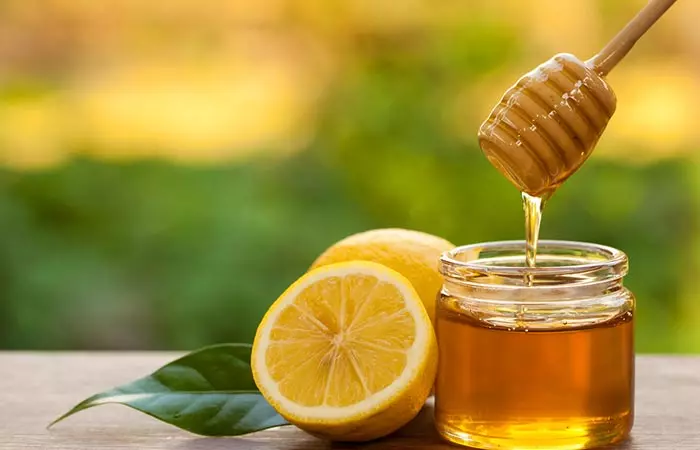
The combination of honey and lemon has been in use for ages to treat a variety of skin problems. While vitamin C in lemon helps tighten the skin pores, honey acts as an antibacterial agent that has the potential to fight acne- and blackhead-causing bacteria (16), (17).
Note: Avoid this remedy if you have dry or sensitive skin as it can aggravate the dryness and cause redness and irritation.
You Will Need
- 1/2 lemon
- 1/2 teaspoon of honey
What You Have To Do
- Squeeze the juice from half a lemon and add honey to it.
- Apply this mixture to your nose. You can also apply it to the entire face.
- Leave it on for 10 to 15 minutes and wash it off with lukewarm water.
How Often You Should Do This
You must apply this face pack 2 to 3 times a week for best results.
11. Baking Soda And Lemon
If you want to know how to unclog your skin pores, baking soda is here to the rescue. It can be used as a physical exfoliant to scrub your skin and unclog the pores that are causing blackheads
. Adding lemon juice to this mixture can help in tightening your skin pores and prevent the formation of blackheads (16).
Note: While baking soda is generally not harmful, it can irritate the skin if used in excess. Therefore, do a patch test before using it on your face. Avoid this remedy if you have dry or sensitive skin as it can aggravate the dryness and cause redness and irritation.
You Will Need
- 1 tablespoon of baking soda
- 1/4 – 1/2 tablespoon of lemon juice
What You Have To Do
- Mix a tablespoon of baking soda with enough lemon juice to form a thick paste.
- Apply this mask on your nose and let it dry. You can also apply this paste to the entire face.
- Wash your face thoroughly.
How Often You Should Do This
Do this once a week.
12. Aloe Vera Juice
Aloe vera has natural astringent properties that can help tighten open pores, thus preventing the formation of blackheads (18).
You Will Need
1 tablespoon of aloe vera gel
What You Have To Do
- Massage your nose with aloe vera gel.
- Allow it to dry before washing it off with lukewarm water.
How Often You Should Do This
You must do this at least twice daily.
13. Glue Stick
The glue acts in a fashion similar to blackhead removal strips. It sticks to all the dirt and debris inside the pores and pulls them out. However, you must make sure that you are using a non-toxic glue as some ingredients in glue can cause an allergic reaction.
Note: There is no scientific evidence to support the ability of glue in the removal of blackheads.
You Will Need
A non-toxic glue stick
What You Have To Do
- Wash your face with warm water and then apply a little non-toxic glue to your nose.
- Let it dry completely.
- Peel off the glue from your nose, and watch your blackheads come along with the dried glue.
How Often You Should Do This
You can do this twice a week.
Once you succeed in getting rid of your stubborn blackheads, take the following precautions to make sure that they do not reappear.
Prevention Tips
Do’s For Blackheads On Nose
- Use Oil-Free Sunscreen And Cosmetics: Opt for an oil-free sunscreen formula that will not clog your pores. This will prevent an oil film from forming on top of your skin, which can aggravate the blackheads.
- Don’t Forget To Moisturize: Moisturizing is a must as some of these topical retinoids, gels, acids, and remedies can strip away the natural oils from the skin. Besides, moisturizing will allow you to use these products on your skin without worrying about them drying your skin out. You can find some non-comedogenic moisturizers on the market that are specially formulated to not clog your pores.
- Use A Sonic Cleaning Brush: Sonic cleaning brushes are meant for deep cleaning. They penetrate your skin to clear out your pores, thus maintaining proper hygiene and preventing blackheads.
Don’ts For Blackheads On Nose
- Scrubbing: Excessive scrubbing can actually worsen the problem as it may strip away the natural oils from your skin and leave your pores open and vulnerable to dirt and pollution.
- Self-Extracting (Popping): This is a strict no-no! The bacteria on your fingers can inflame your skin, which can worsen the blackheads.
- Avoid Over-Washing Your Face: Washing your face several times a day throws the sebum production of your skin out of balance, leading to not only more blackheads but also a host of other skin problems.
If you are looking to get rid of your blackheads quickly, you can try out the medical treatment listed in the next section.
Medical Treatments By Dermatologists
You can go for one of the following treatments to remove your blackheads after consulting a dermatologist.
- Over-The-Counter Treatments (For Mild Blackheads): OTC blackhead treatments are available in the form of creams, gels, pads, and serums. These often contain salicylic acid.
- Prescription Medicines: Your dermatologist may suggest medications that contain AHAs, BHAs, and retinoids to prevent pore plugs from forming in your hair follicles.
- Chemical Peels: Your dermatologist may also recommend using chemical peels to exfoliate the skin. These usually contain glycolic or salicylic acids and help remove dead skin cells to prevent clogged pores. This may help reduce blackheads and improve overall skin appearance and texture (19).
Learn how to get rid of blackheads on your nose quickly and easily. Watch this video to know more!
Infographic: 5 Ways To Remove Blackheads
Blackheads look bad and are extremely difficult to remove. The accumulation of dead skin cells, excessive oil production, and hormonal changes can cause these pesky open comedones. The good news is that you can use a few tips and home remedies to remove them easily. Check out the infographic below to know more.
Some thing wrong with infographic shortcode. please verify shortcode syntaxBlackheads, a type of acne, are alternatively called open comedones and form when the debris clogging the pores on the skin gets oxidized on exposure to air. The nose is most prone to getting blackhead as that zone generally contains more pores and hence, has excess sebum production. Besides excessive production of sebum, accumulation of dead skin cells, dirt, and gunk, and overgrowth of acne-causing bacteria are responsible for causing blackheads. Regular exfoliation, daily face cleansing, and the use of blackhead removal strips, charcoal masks, or topical retinoids may help you get rid of blackheads on the nose. Avoid scrubbing, popping the blackheads, or over-washing your face. If blackheads persist after trying the natural remedies discussed here, consult a dermatologist for medical treatments to remove blackheads.
Frequently Asked Questions
What is the right treatment for open pores?
The first step to treat open pores is to follow a good skin regimen. Use a mild cleanser to keep your skin clean. Also, apply a good natural astringent to shrink your pores. Exfoliate your skin at least once every week to close open pores.
Do blackhead vacuums really work?
They work at removing surface-level blackheads and some sebaceous filaments.
Can toothpaste and salt remove blackheads on the nose?
Although toothpaste is used for cosmetic purposes, it is not clear exactly how it helps in treating skin issues (20). While there are rumors that it helps treat pimples, it can also cause severe skin reactions (21). On the other hand, the grainy texture of salt might help exfoliate the dead skin cells that cause blackheads.
How long does it take to get rid of blackheads?
It may take 6 to 12 weeks to get rid of blackheads. However, you can visit your dermatologist or an aesthetician to get rid of them fast.
Can blackheads be removed permanently?
No, blackheads cannot be removed permanently. Blackheads keep appearing after 2 to 4 days. However, you can prevent the recurrence by taking care of your skin and following the tips mentioned above.
Does drinking water help reduce blackheads?
There is no scientific evidence to prove drinking water help reduce blackheads. However, it may help improve skin health and reduce inflammation.
Is it safe to use a blackhead removal tool?
It is safe to use a blackhead removal tool. However, if you do not know how to use it properly, it may cause scarring and damage to the skin. Therefore, it is always best to seek help from an aesthetician.
Are there any foods or drinks that should be avoided in order to reduce blackheads?
Avoiding certain foods such as oily, processed, and sugary foods may help reduce blackheads.
Illustration: Proven Ways To Get Rid Of Blackheads And Prevention Tips

Image: Stable Diffusion/StyleCraze Design Team
Personal Experience: Source
StyleCraze's articles are interwoven with authentic personal narratives that provide depth and resonance to our content. Below are the sources of the personal accounts referenced in this article.
i. FACIAL STEAMING & SCRUB WITH FRUIT PEELS – MY WAY
https://engagedwithbeauty.wordpress.com/2013/12/15/facial-steaming-scrub-with-fruit-peels-my-way/
ii. I Can’t Believe This Got Rid Of My Blackheads and Whiteheads (Works better than a strip!)
https://www.youtube.com/watch?v=O_9CYXrcR6s
References
Articles on StyleCraze are backed by verified information from peer-reviewed and academic research papers, reputed organizations, research institutions, and medical associations to ensure accuracy and relevance. Read our editorial policy to learn more.
- Blackheads, Medical Encyclopedia, MedlinePlus, U.S. National Library of Medicine, National Institutes of Health.
https://medlineplus.gov/ency/article/003238.htm - Acne, British Medical Journal, US National Library of Medicine, National Institutes of Health.
https://www.ncbi.nlm.nih.gov/pmc/articles/PMC1633755/ - 8 Week Study to Evaluate and Compare the Efficacy and Tolerability of MAXCLARITY II and MURAD To Treat Acne, ClinicalTrials, US National Library of Medicine, National Institutes of Health.
https://clinicaltrials.gov/study/NCT02524665 - Treatment of acne vulgaris with salicylic acid pads, Clinical Therapeutics, US National Library of Medicine, National Institutes of Health.
https://pubmed.ncbi.nlm.nih.gov/1535287/ - Applications of hydroxy acids: classification, mechanisms, and photoactivity, Clinical, Cosmetic and Investigational Dermatology, US National Library of Medicine, National Institutes of Health.
https://www.ncbi.nlm.nih.gov/pmc/articles/PMC3047947/ - Glycolic acid peel therapy – a current review, Clinical, Cosmetic and Investigational Dermatology, US National Library of Medicine, National Institutes of Health.
https://www.ncbi.nlm.nih.gov/pmc/articles/PMC3875240/ - Over-the-counter Acne Treatments, The Journal of Clinical and Aesthetic Dermatology, US National Library of Medicine, National Institutes of Health.
https://www.ncbi.nlm.nih.gov/pmc/articles/PMC3366450/ - Skin care for acne-prone skin, InformedHealth, US National Library of Medicine, National Institutes of Health.
https://www.ncbi.nlm.nih.gov/books/NBK279208/ - Why Topical Retinoids Are Mainstay of Therapy for Acne, Dermatology and Therapy, US National Library of Medicine, National Institutes of Health.
https://www.ncbi.nlm.nih.gov/pmc/articles/PMC5574737/ - Oral activated charcoal in the treatment of intoxications. Role of single and repeated doses, Medical Toxicology and Adverse Drug Experience, US National Library of Medicine, National Institutes of Health.
https://pubmed.ncbi.nlm.nih.gov/3285126/ - Evaluation of the medicinal use of clay minerals as antibacterial agents, International Geology Review, US National Library of Medicine, National Institutes of Health.
https://www.ncbi.nlm.nih.gov/pmc/articles/PMC2904249/ - Effect of topical clay application on the synthesis of collagen in skin: an experimental study, Clinical and Experimental Dermatology, US National Library of Medicine, National Institutes of Health.
https://pubmed.ncbi.nlm.nih.gov/22340693/ - Bentonite Clay as a Natural Remedy: A Brief Review, Iranian Journal of Public Health, US National Library of Medicine, National Institutes of Health.
https://www.ncbi.nlm.nih.gov/pmc/articles/PMC5632318/ - Bentonite, Bandaids, and Borborygmi, Elements, US National Library of Medicine, National Institutes of Health.
https://www.ncbi.nlm.nih.gov/pmc/articles/PMC2895274/ - Gelatin-derived bioadhesives for closing skin wounds: an in vivo study, Journal of Biomaterials Science, US National Library of Medicine, National Institutes of Health.
https://pubmed.ncbi.nlm.nih.gov/10426230/ - The Roles of Vitamin C in Skin Health, Nutrients, US National Library of Medicine, National Institutes of Health.
https://www.ncbi.nlm.nih.gov/pmc/articles/PMC5579659/ - Honey: its medicinal property and antibacterial activity, Asian Pacific Journal of Tropical Biomedicine, US National Library of Medicine, National Institutes of Health.
https://www.ncbi.nlm.nih.gov/pmc/articles/PMC3609166/ - Aloe Vera: A Short Review, Indian Journal of Dermatology, US National Library of Medicine, National Institutes of Health.
https://www.ncbi.nlm.nih.gov/pmc/articles/PMC2763764/ - Chemical peels for skin resurfacing, US National Library of Medicine, National Institutes of Health.
https://www.ncbi.nlm.nih.gov/pmc/articles/PMC2763764/ - Is It a Cosmetic, a Drug, or Both? (Or Is It Soap?), Cosmetics Laws & Regulations, U.S. Food & Drug Administration.
https://www.fda.gov/cosmetics/cosmetics-laws-regulations/it-cosmetic-drug-or-both-or-it-soap - Skin reactions and irritation potential of four commercial toothpastes, Acta Odontologica Scandinavica, US National Library of Medicine, National Institutes of Health.
https://pubmed.ncbi.nlm.nih.gov/9176662/
Read full bio of Vd. Naveen Sharma
Read full bio of Shaheen Naser
Read full bio of Anjali Sayee
Read full bio of Swathi E






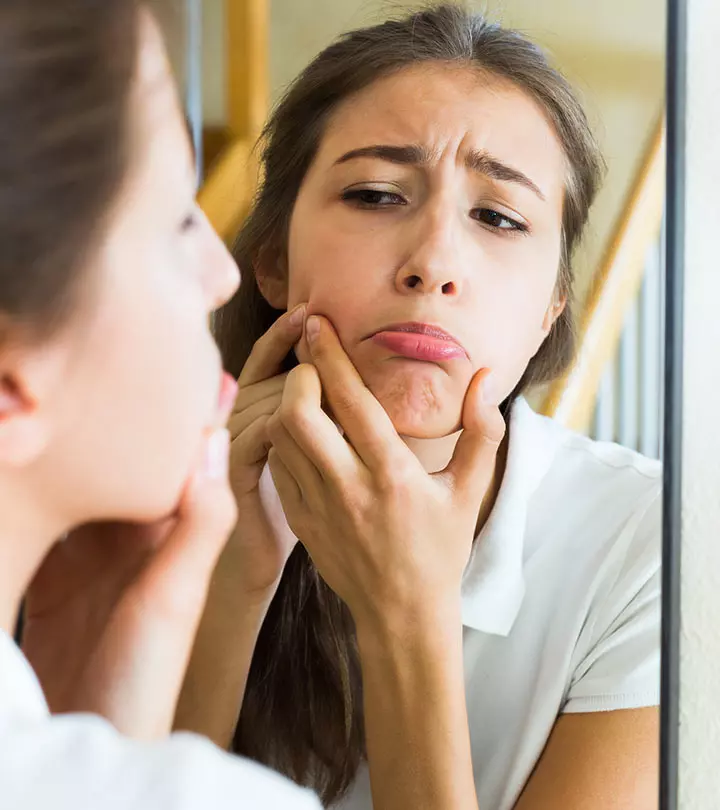



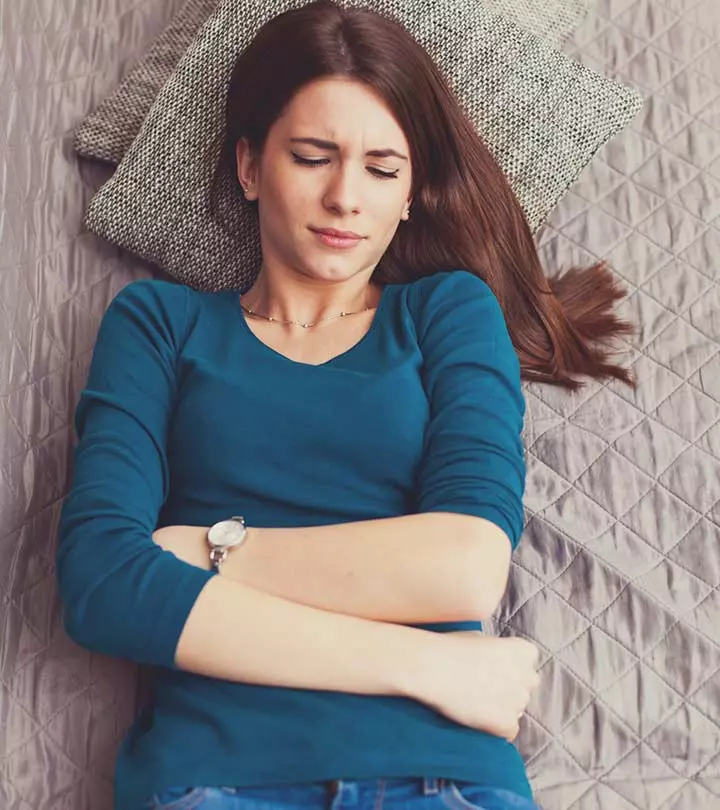







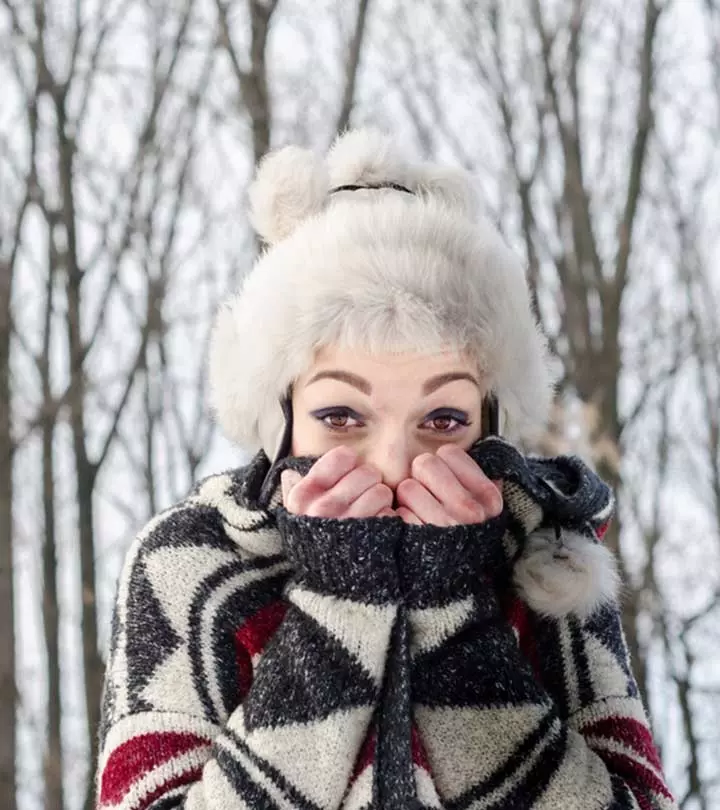






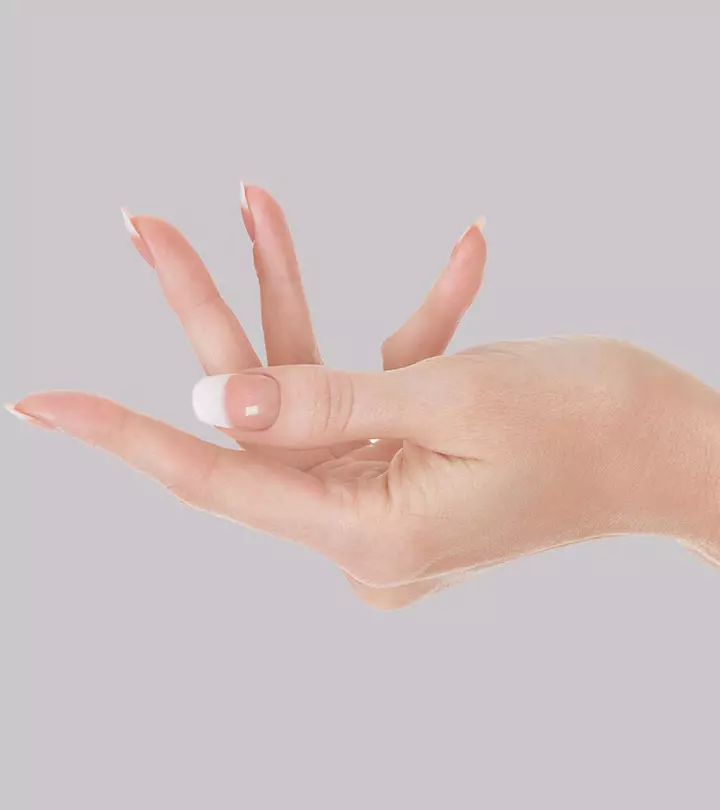
Community Experiences
Join the conversation and become a part of our empowering community! Share your stories, experiences, and insights to connect with other beauty, lifestyle, and health enthusiasts.